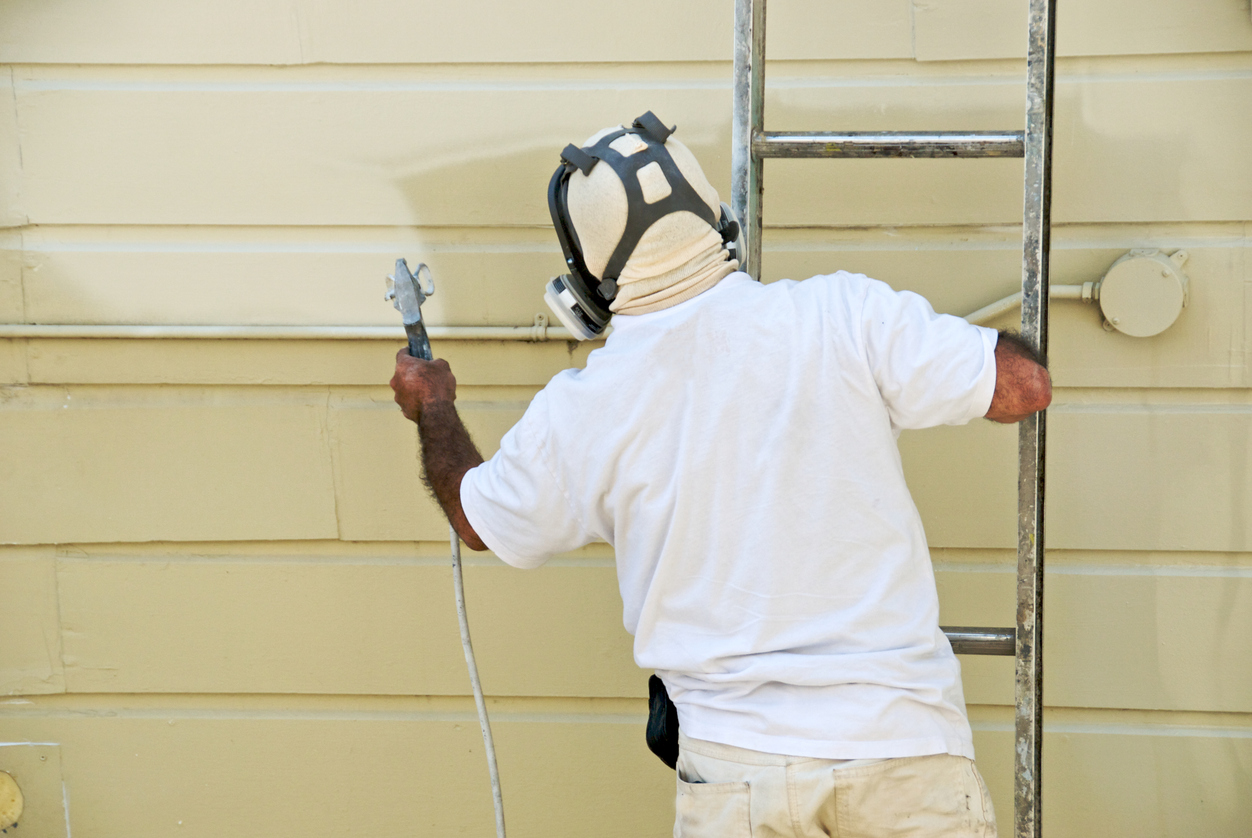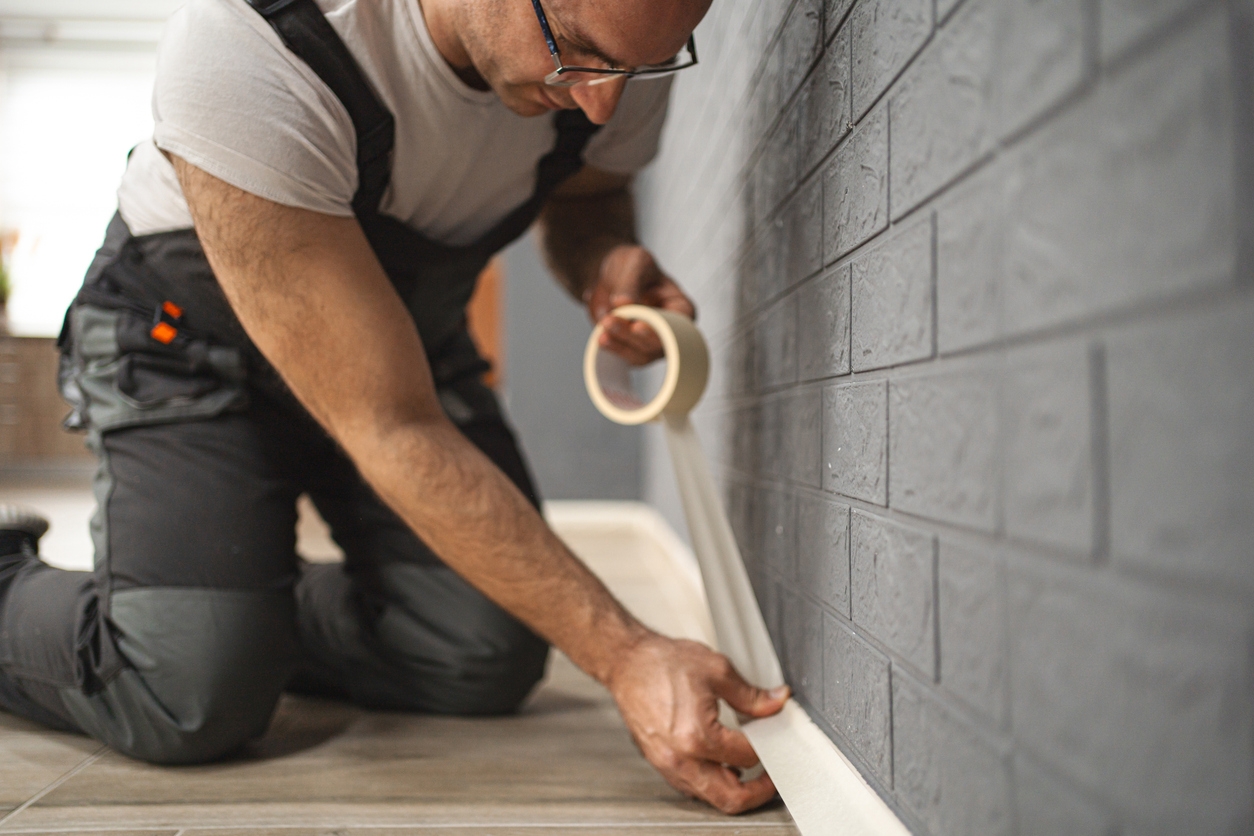Timing is everything for house painting—choosing the right season can make all the difference. Weather conditions and seasonal factors play a crucial role in the success and durability of a paint job, influencing everything from application ease to how well the paint adheres and cures. This blog serves as your seasonal guide, offering insights to help homeowners determine the ideal time of year to paint their house for the best results.
Factors to Consider When Choosing the Right Season for Painting
1. Weather Conditions:
- Temperature: Most paints perform best within a temperature range of 50°F to 85°F. Extreme cold or heat can interfere with paint adhesion and drying.
- Humidity: High humidity can slow the drying process, while low humidity may cause paint to dry too quickly, leading to cracking.
- Precipitation: For exterior projects, rain or excessive moisture can ruin fresh paint and delay the work schedule.
2. Type of Painting Project:
- Exterior Painting: Best completed in mild, dry weather, typically in spring or fall, depending on the region.
- Interior Painting: Less influenced by outdoor conditions but still benefits from mild weather if windows need to be opened for ventilation.
3. Local Climate:
- Warm Regions: Early morning or late evening painting during cooler months is ideal to avoid extreme heat.
- Cold Regions: Summer offers optimal conditions when temperatures are consistently above freezing.
- Rainy or Humid Areas: Choose a season with the least rainfall and lower humidity levels to ensure proper drying.
Planning around these factors ensures a successful and durable paint job.
Spring: A Fresh Start
Pros:
Spring’s mild temperatures and lower humidity make it an ideal time for painting, offering optimal conditions for paint adhesion and drying. It’s also a great season to refresh your space after the toll winter may have taken on surfaces.
Cons:
Unpredictable rain showers can interfere with painting schedules, especially for exterior projects, causing delays or complications.
Tips:
Monitor weather forecasts closely and plan painting days around periods of dry weather. Ensure surfaces are completely dry before starting to prevent moisture-related issues.
Summer: Long Days and Steady Conditions
Pros:
- Warm, dry weather accelerates paint drying, ensuring smoother application.
- Extended daylight hours provide more time for painting projects.
Cons:
- Excessive heat can cause paint to dry too quickly, resulting in cracking, blistering, or uneven finishes.
Tips:
- Plan painting sessions during cooler parts of the day, such as early morning or late evening, to avoid issues caused by extreme heat.
Fall: Cool and Consistent
Pros:
- Cooler temperatures and stable weather conditions make fall ideal for painting, ensuring better adhesion and a smooth finish.
- Reduced direct sunlight minimizes the risk of paint fading or drying too quickly during application.
Cons:
- Shorter daylight hours can limit painting time, requiring efficient planning.
- In colder regions, frost and lower temperatures may interfere with paint drying, particularly for water-based paints.
Tips:
- Start painting projects early in the season to avoid the challenges of colder temperatures and frost.
- Monitor weather forecasts to choose days with mild temperatures and consistent conditions for optimal results.
Winter: Focus on Interior Painting
Pros:
- Perfect Timing: Winter is ideal for interior painting, as businesses often see reduced activity, and families are more likely to focus on home improvement while staying indoors.
- Faster Drying: Controlled indoor temperatures and ventilation help paint dry efficiently, speeding up project completion.
Cons:
- Exterior Limitations: Cold weather and precipitation restrict outdoor painting, making it challenging to complete exterior projects.
Tips:
- Choose Low-VOC Paints: Choose low-VOC (Volatile Organic Compounds) paints to maintain healthy indoor air quality during winter.
- Ventilate Properly: Ensure good ventilation by using fans or opening windows slightly to minimize odors and improve drying conditions.
How to Prepare for Seasonal Painting Projects
Seasonal painting projects require thoughtful preparation to ensure a successful and long-lasting result. Here’s a detailed guide on key considerations:
1. Inspect Your Surfaces
Begin by thoroughly examining the surfaces you plan to paint. Look for:
- Cracks and Gaps: Fill these with caulk or appropriate sealants to prevent water penetration.
- Peeling or Flaking Paint: Remove any loose paint by scraping or sanding to ensure proper adhesion of new layers.
- Moisture Damage: Check for signs of mold, mildew, or water stains. Address these issues promptly, as they can compromise the quality of the finish.
A clean, smooth, and dry surface is critical for achieving the best results.
2. Choose the Right Paint
Selecting the appropriate paint and primer is vital for weatherproofing and durability:
- Weather-Resistant Products: Opt for paints designed to withstand your region’s seasonal conditions, such as UV-resistant paints for sunny climates or moisture-resistant options for humid areas.
- Temperature Tolerance: Ensure the paint can be applied and cured properly within the seasonal temperature range you’ll be working in.
- Color Selection: Remember how seasonal lighting affects color perception; test samples under different lighting conditions.
3. Timing is Key
Different seasons present unique challenges:
- Spring/Fall: Ideal for exterior projects due to moderate temperatures and lower humidity levels.
- Summer: This is best for quick-drying paints, but avoid painting during peak heat or direct sunlight to prevent uneven drying.
- Winter: Suitable for interior projects or regions with mild winters, provided indoor heating ensures proper curing conditions.
4. Work with Professionals
Engaging professional painters offers several advantages:
- Expertise in Seasonal Conditions: Professionals know how to adjust techniques and product choices based on the season, ensuring a durable finish.
- Efficiency: They can complete projects quickly and safely, especially during short weather windows.
- Access to Quality Materials: Professionals often use high-grade paints and tools that might not be available to the average homeowner.
5. Plan for Contingencies
Weather can be unpredictable, so always have a backup plan:
- Monitor Forecasts: Avoid starting a project if rain, extreme heat, or freezing temperatures are expected.
- Allow Extra Time: Delays may occur due to uncooperative weather conditions.
6. Prepare the Workspace
- Protect Surroundings: Use drop cloths, painter’s tape, and coverings to shield nearby surfaces and plants from splatters.
- Ensure Ventilation: For interior projects, good airflow speeds up drying and reduces exposure to fumes.
7. Maintain and Touch Up
After the project, inspect the painted surfaces regularly, especially after extreme weather events, to spot and address any early signs of wear or damage.
Why Professional Painters Are Essential for Seasonal Projects
- Expert Timing: Professional painters understand how to schedule projects around seasonal conditions, such as avoiding rain or extreme temperatures, thus ensuring optimal paint application and curing.
- High-Quality Materials: They have access to top-quality, climate-appropriate paints and coatings designed to withstand specific seasonal challenges and provide long-lasting results.
- Efficient Execution: With experience and specialized tools, professional teams work quickly and efficiently, minimizing delays and risks posed by unpredictable weather.
Hiring professionals ensures a durable, polished finish regardless of the season.
Why Choose Custom Painting, Inc. for Seasonal Painting
Local Expertise:
Custom Painting, Inc. understands your region’s unique climate and seasonal trends. Our knowledge ensures we use the right materials and techniques for long-lasting results that withstand local weather conditions.
Proven Results:
With a track record of successful seasonal painting projects, our satisfied clients speak for themselves. From vibrant exterior transformations to subtle seasonal updates, we deliver quality work tailored to your needs.
Contact Us Today!
Don’t wait—schedule your seasonal painting project now and enjoy a flawless finish that enhances your property year-round! Contact us here.
Conclusion
Choosing the right season for painting offers numerous benefits, from optimal paint adhesion and faster drying times to a smoother, more durable finish. Coupled with professional expertise, these advantages ensure that your project is completed efficiently and beautifully, no matter the time of year.
Ready to refresh your home? Trust Custom Painting, Inc. provides expert painting services tailored to every season. Call us at 925-866-9610 for a free estimate today!



